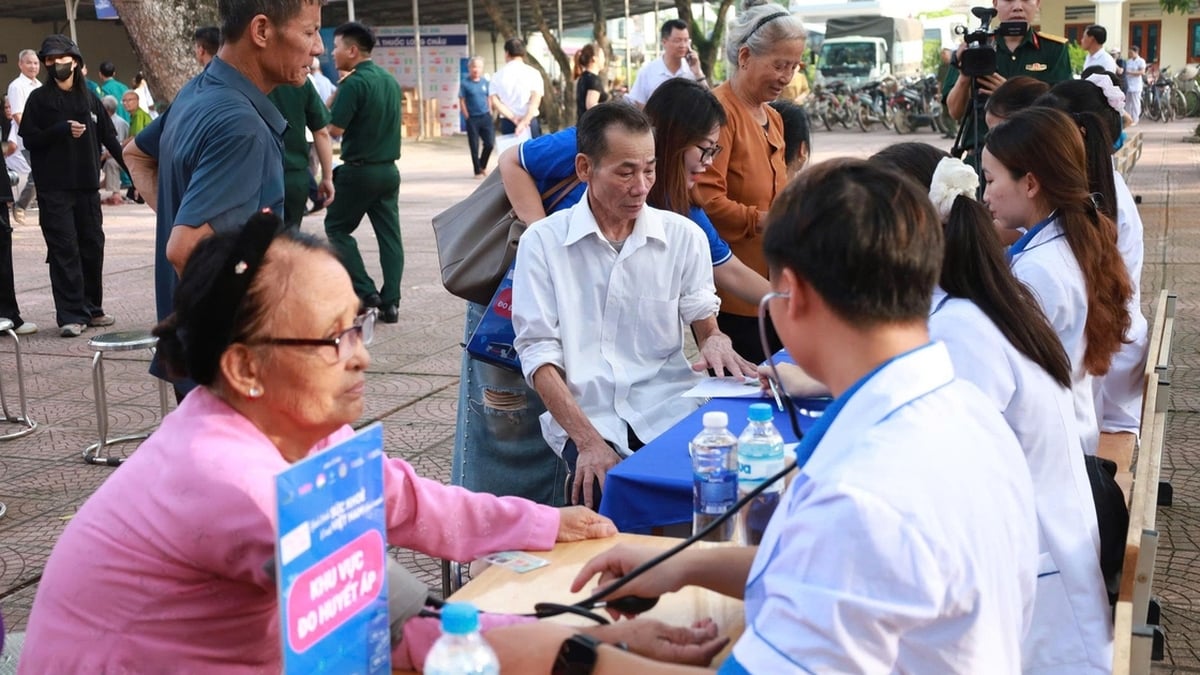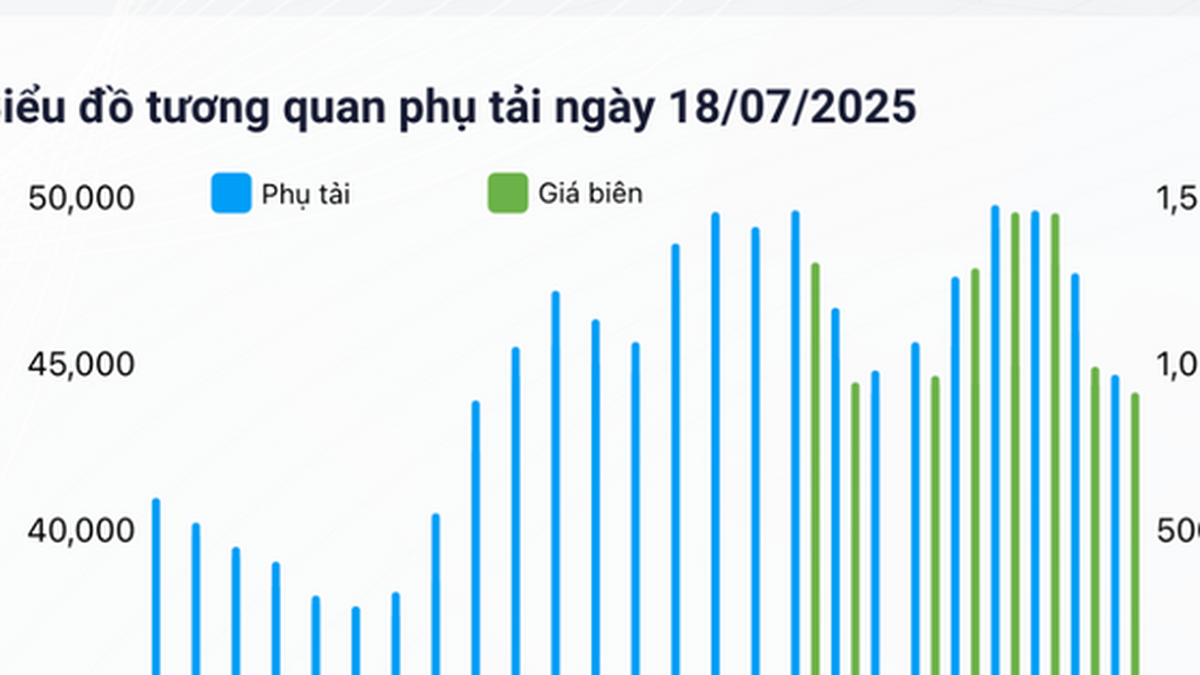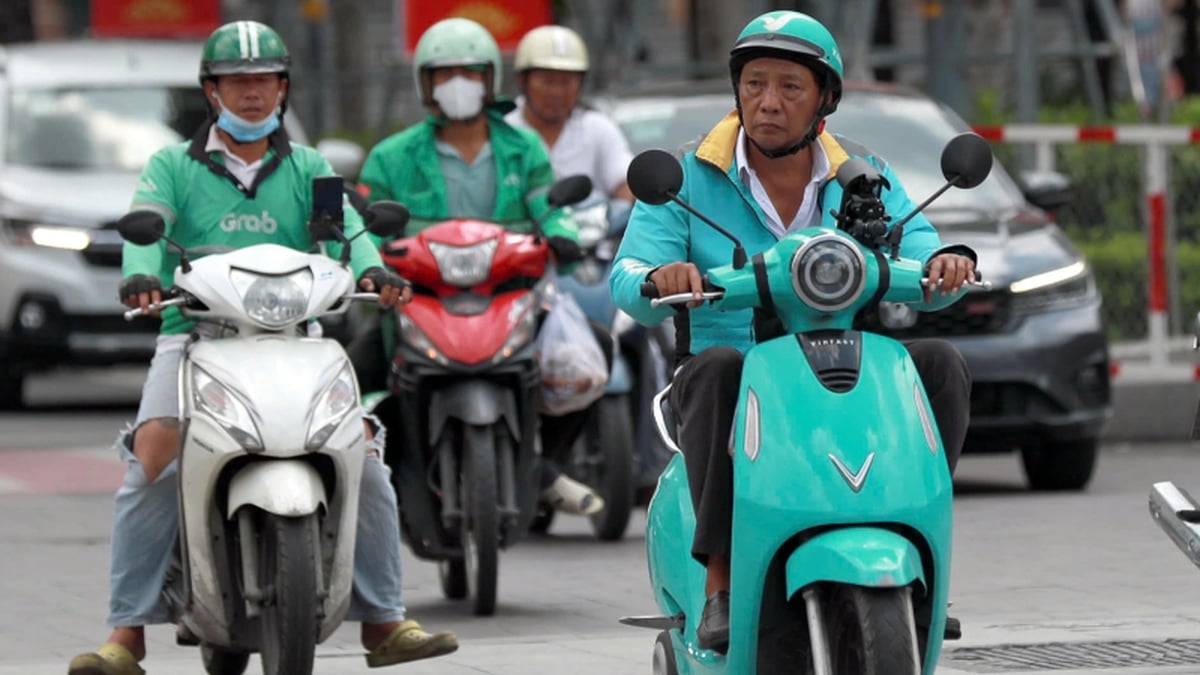South Korea's exports have been on a downward trend since October 2022 as major economies tighten monetary policy to curb inflation. This is also the first time since 2020 that South Korea's exports have fallen for six consecutive months.
In addition, personal spending was the biggest growth driver, recording a 0.5% increase in the first quarter.
Previously, on April 11, the BoK Monetary Policy Committee decided to keep the base interest rate at 3.5% for the second consecutive time after inflation showed signs of cooling down and concerns about slowing economic growth increased.
The BoK warned against expecting a rate cut this year, saying that although inflation is cooling, it remains at a level that poses a higher risk than an economic recession.
Previously, the BoK decided to keep the base rate unchanged at 3.5% at its policy meeting on February 23, 2022. This is the first time the bank has kept the base rate unchanged since the rate tightening cycle in late 2021. Korea has raised the base rate 7 times in a row from April 2022 to January 2023. With the BoK's decision to freeze the interest rate this time, the streak of 7 consecutive interest rate hikes has ended.
South Korea's consumer price index (CPI) rose 4.2% in March, the lowest level in a year. However, the CPI is still double the BoK's target of 2%. The BoK said that consumer price growth is expected to slow down to 3% after the second quarter of this year. South Korea's annual consumer price inflation hit a 24-year high of 6.3% in July 2022.
Regarding the growth outlook for the Korean economy in 2023, the BoK and the Organization for Economic Cooperation and Development (OECD) both forecast 1.6% growth, while the International Monetary Fund (IMF) forecasts 1.5%.
In 2022, the Korean economy will grow 2.6%, down from 4.1% in 2021 amid monetary tightening by Korea and other countries. This is also the year Korea recorded the slowest growth rate since 2020, when the Korean economy contracted 0.7% amid the COVID-19 pandemic./.
Source link


































































































Comment (0)